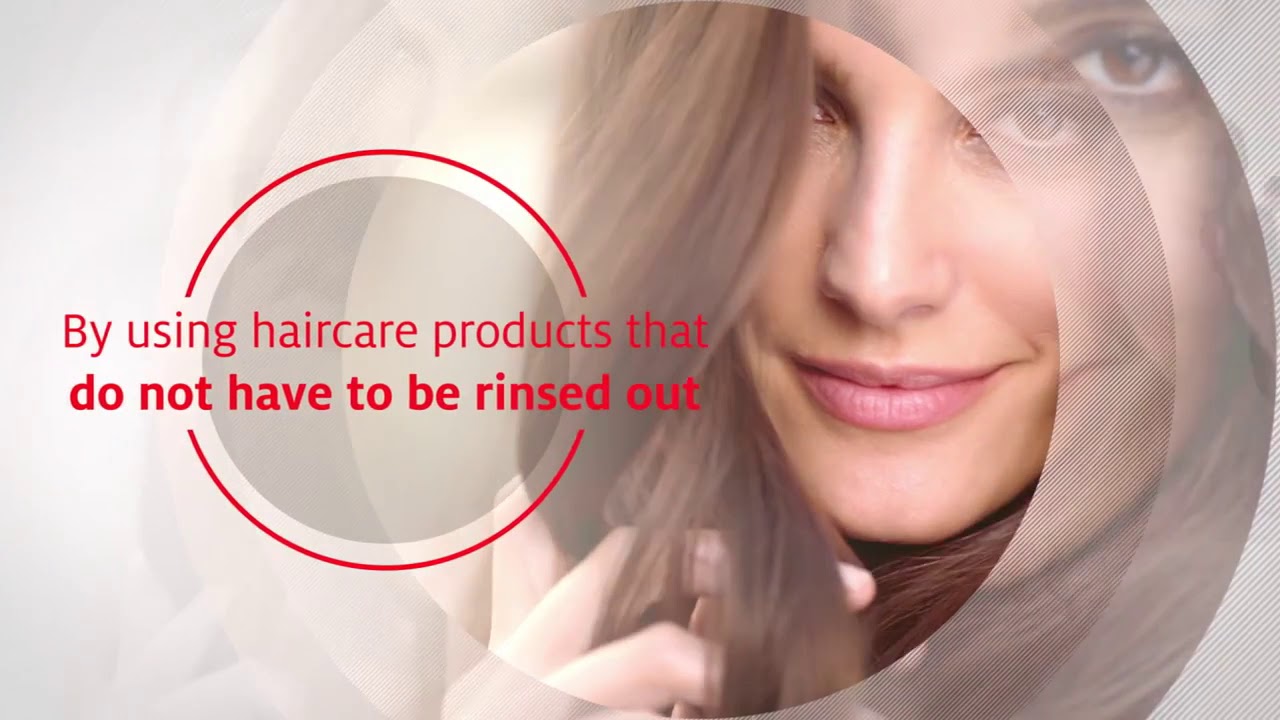Learn more about Henkel Brands & Businesses in UK & Irelands: Includes useful information about the brands, technologies and latest innovations in our business areas: Henkel Adhesive Technologies and Henkel Consumer Brands.
It’s often about the everyday things: flipping a light switch, turning on a hot shower or driving the car. These actions, large and small, are compounded by the number of people who do them and how often they are done, creating an overwhelming CO2 footprint. That is why it’s so important that everyone is aware of the environmental impact of energy consumption and looks for solutions that consume less energy or use it more efficiently. After all, being energy efficient could reduce the cost of living around the world, benefit the health of millions, and ultimately reduce the impact of climate change.
How Henkel actively contributes to climate protection
Climate change is one of the major current global challenges with potentially dramatic consequences for everybody on Earth. Emissions of gases like carbon dioxide (CO2) are changing our planet’s climate and can make it uninhabitable in the future. To limit global warming to 1.5 degrees Celsius and meet the commitment made in the United Nations’ Paris Agreement on climate change – we need to reduce carbon dioxide emissions rapidly. But reducing emissions is not enough for Henkel: We want to make an active contribution to climate protection and help others to reduce their emissions, too.

Becoming climate-positive is more than a vision. It’s a concrete target, comparable to and of equal value as our business targets.
Sylvie Nicol, Executive Vice President Human Resources and Chair of Henkel’s Sustainability Council
Henkel follows the long-term vision of becoming a climate-positive company by 2040. This means, replacing the last remaining fossil fuels used in our production with climate-neutral alternatives such as biogas or gas obtained from converting CO2. We also aim to supply surplus carbon-free energy that Henkel does not need for its own purposes to third parties. In doing so, we will avoid emissions from our own activities and also enable third parties to avoid potential emissions by using clean energy. This approach to climate action follows our concrete sustainability strategy which is firmly fixed in every stage of the value chain.
At Henkel, we’re taking steps to cut energy consumption at all of our sites worldwide, including designing sustainable factories, making our processes more efficient and switching to renewable energy. Read how we are taking action to cut emissions at our factories:
Our way to climate positivity
Our experts explain
In our internal Henkel Talks format, a selection of inspiring, high-profile experts offered their spot-on visions and actions that will help our company achieve its goal of becoming climate-positive by 2040.
Climate action along the value chain
There are opportunities for businesses to improve energy efficiency at every stage in the value chain. To decrease a product’s environmental footprint, its resource and energy consumption can be improved from sourcing through to delivery. Henkel’s research and development teams are constantly developing smarter packaging that uses a minimum amount of material overall and a maximum amount of material that is recycled or that can be easily recycled.
We also focus on constantly improving our production sites and processes around the world, taking the standards of each country into consideration and providing country-specific approaches and solutions. Implementing new technology can also give production processes an ecological boost. With a global digital Environment Management System, production sites can track exactly how much energy and other resources are consumed in a day – all in real-time. The transport networks that carry products out into the world are also supported by new technologies. With the introduction of Industry 4.0, manufacturing has never been more efficient, flexible or intelligent. Automation, sensor technology, data exchange and real-time analytics increase resource efficiency along the entire production chain.

Our climate action stories
Learn more about Henkel‘s climate action and deepdive into our stories:

Climate action FAQ
What does climate-positive mean?
Climate positivity is not only the reduction of direct and indirect carbon dioxide emissions of our own operations. To become climate-positive, we as a company also need to replace fossil fuels used in our production with climate-neutral alternatives such as biogas or gas obtained from converting CO2 and additionally supply surplus carbon-free energy generated at our sites to third parties.
Why is CO2 harmful to the climate?
Emissions of carbon dioxide and other greenhouse gases (GHG) are released into the atmosphere when fossil fuels are burned in the scope of economic activities and our lifestyle. They are responsible for global warming and climate change. When the global temperature rises more than 2 degrees Celsius, it will have catastrophic consequences for our life on Earth.
What is the Paris Agreement for?
The UN’s global Paris agreement on climate change represents a commitment by the community of nations to limit global warming to well below 2 degrees Celsius above pre-industrial levels and to pursue efforts to limit the temperature increase even further to 1.5 degrees Celsius. To achieve this, carbon dioxide emissions must be reduced by 2050.
Which different renewable energy sources do exist?
The most popular renewable energy sources currently are:
- Solar energy
- Wind energy
- Geothermal energy
- Biomass energy
- Hydro energy
- Tidal energy
At Henkel, we mostly generate solar and wind energy, and soon geothermal and biomass energy at some sites.
What is a VPPA?
A virtual power purchase agreement (VPPA) is a contract between a renewable energy producer and another party. The buyer agrees to purchase a certain amount of energy from the producer, and this electricity will be fed into the national supply grid. It’s called a “virtual” agreement because the energy is not directly transported from the wind farm to the buyer.




















